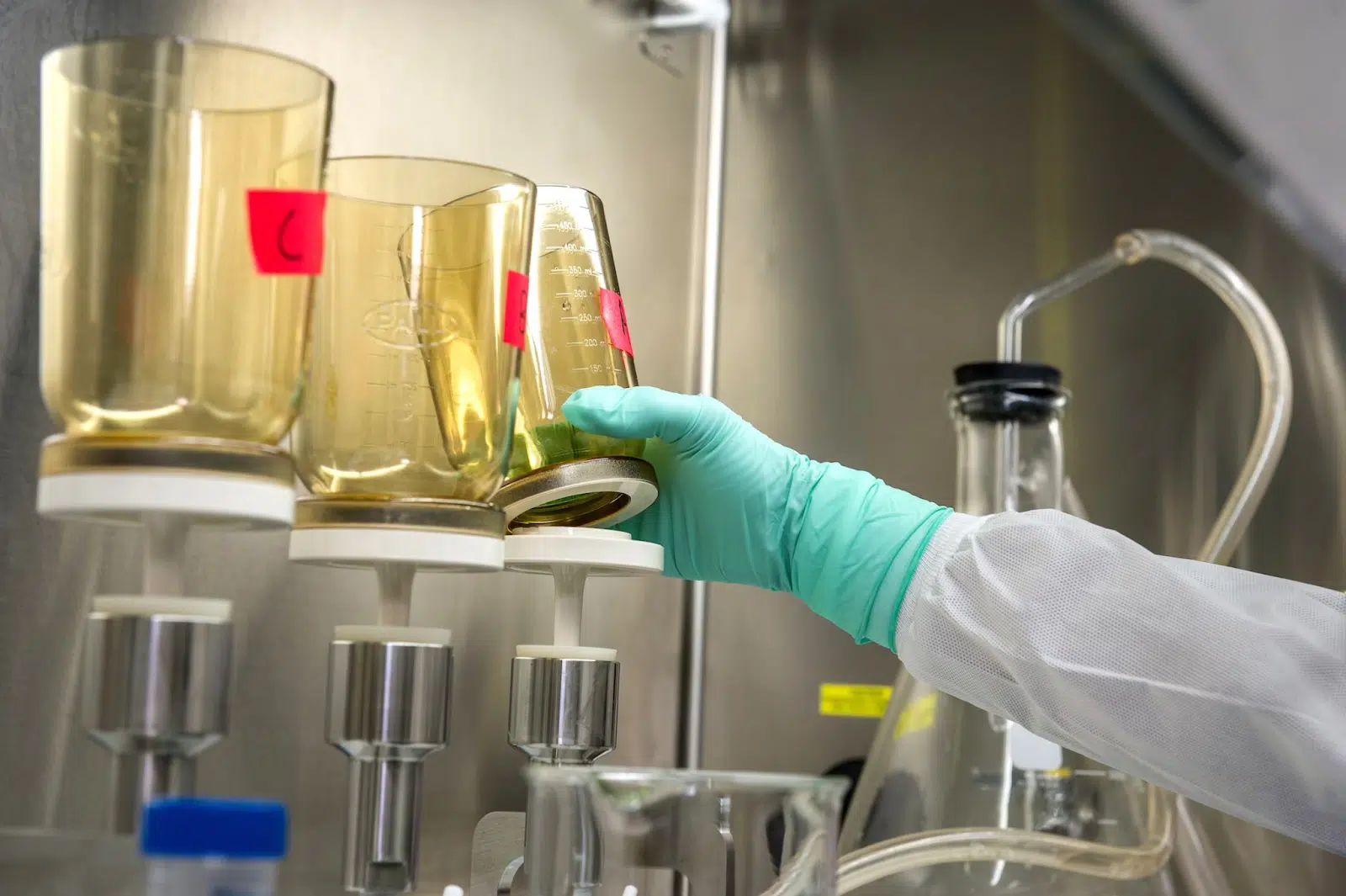Magnetism, as a fundamental force of nature, has a profound impact on a broad spectrum of precision laboratory work. With an extensive array of applications, from molecular biology research to major physics experiments, magnetic tools serve as an integral part of various investigative procedures. These tools, underpinning the principles of magnetism, are vital for achieving accuracy, improving efficiency, and maintaining reproducibility in experimental results. A deep understanding of these magnetic tools, their functionalities, and the optimal ways to utilize them in laboratory settings, is paramount for all researchers and laboratory professionals.
Magnetic Stirrers
Magnetic stirrers are a common sight in laboratories, known for their ability to efficiently mix liquids. By using a small rotating magnet or stationary electromagnets, these devices create a rotating magnetic field that drives a stir bar immersed in the liquid. This essential tool allows for the proficient stirring of liquids at a range of speeds, ensuring a homogeneous mixture vital for accurate results in various laboratory tests and experiments. Their straightforward operation, coupled with their ability to maintain consistent stirring speed, underscores their value in precision laboratory work.
For more complex experiments, magnetic stirrers can also be equipped with additional features such as heating and cooling capabilities, as well as programmable speed and direction settings. These advancements have made magnetic stirrers an indispensable tool in a wide range of laboratory applications, including chemical synthesis, cell culture studies, and environmental testing.
Gaussmeters
Gaussmeters, also known as magnetometers, are precision instruments utilized to measure the magnetic field strength and direction. They have a crucial role in monitoring and gauging the magnetic fields produced by equipment in the lab, ensuring these fields are within acceptable levels and do not interfere with sensitive experiments.
They are equipped with a probe, which when placed near a magnetic field, generates a voltage proportional to the field’s strength. This reading is then processed and displayed in units of Gauss or Tesla on the Gaussmeter. When looking to find the right equipment for your laboratory, it is essential to choose a gaussmeter with high accuracy and sensitivity. The ability to detect small changes in magnetic fields is vital for maintaining reliable and reproducible experimental results. If you are working with strong magnetic fields, it is essential to select a gaussmeter with high dynamic range and robust shielding to prevent interference from outside sources.
Magnetic Tweezers
Magnetic tweezers are versatile magnetic tools used to manipulate and control tiny objects in laboratory settings. They consist of a pair of magnets with opposite polarities, creating a strong magnetic field between them. This field is then used to attract or repel small magnetic particles, depending on their properties, allowing for precise manipulation and positioning of these particles. Magnetic tweezers have become popular in recent years for their ability to manipulate cells, proteins, and other biological samples without causing any damage.
One of the significant advantages of magnetic tweezers is their non-invasive nature, making them ideal for use in live-cell imaging and other sensitive experiments. They are also highly customizable, with the ability to control the strength and direction of the magnetic field, allowing for more precise manipulation of particles. These features make magnetic tweezers an essential tool for cell biology research, drug discovery, and other fields that require precise handling of delicate samples.
Magnetic Traps
Magnetic traps are advanced tools that harness the power of magnets to isolate and trap specific particles, such as atoms or molecules, in laboratory settings. They create a region of space with a magnetic field that is configured in such a way that particles of interest are compelled to remain within the field. The primary advantage of magnetic traps is their ability to selectively isolate and manipulate particles without physical contact, reducing the risk of contamination or damage to the samples. This makes them indispensable in areas such as atomic physics and quantum information science, where precise control over individual particles is a prerequisite.
Magnetic Beads
Magnetic beads are tiny, superparamagnetic particles frequently used in biology and chemistry laboratories. They are often coated with certain biological molecules, allowing them to bind to various targets such as proteins, nucleic acids, or cells. Once the binding process is complete, an external magnetic field is applied to separate the magnetic beads, along with their bound targets, from the rest of the sample. This capability to selectively isolate specific biological entities makes magnetic beads an invaluable tool in molecular biology, clinical diagnostics, and drug discovery. They are commonly used in procedures like immunoassays, cell sorting, and magnetic resonance imaging (MRI), helping to further our understanding of complex biological systems.
The myriad of magnetic tools employed in precision laboratory work underscores their indispensable role in facilitating accurate, efficient, and reproducible results. These instruments, from the humble magnetic stirrer to the advanced magnetic trap, are instrumental in a diverse array of fields, including molecular biology, chemistry, physics, and medical diagnostics. They enable scientists to manipulate and control minuscule particles and biological entities with a higher degree of precision and less risk of contamination. As technological advancements continue, the capabilities of these magnetic tools are set to further expand, leading to novel applications and breakthroughs in scientific research and discovery. It’s clear that a deep understanding of these tools, their functionalities, and optimal usage is not just beneficial, but essential for all researchers and laboratory professionals.
Lucas Noah, armed with a Bachelor’s degree in Information & Technology, stands as a prominent figure in the realm of tech journalism. Currently holding the position of Senior Admin, Lucas contributes his expertise to two esteemed companies: OceanaExpress LLC and CreativeOutrank LLC. His... Read more
